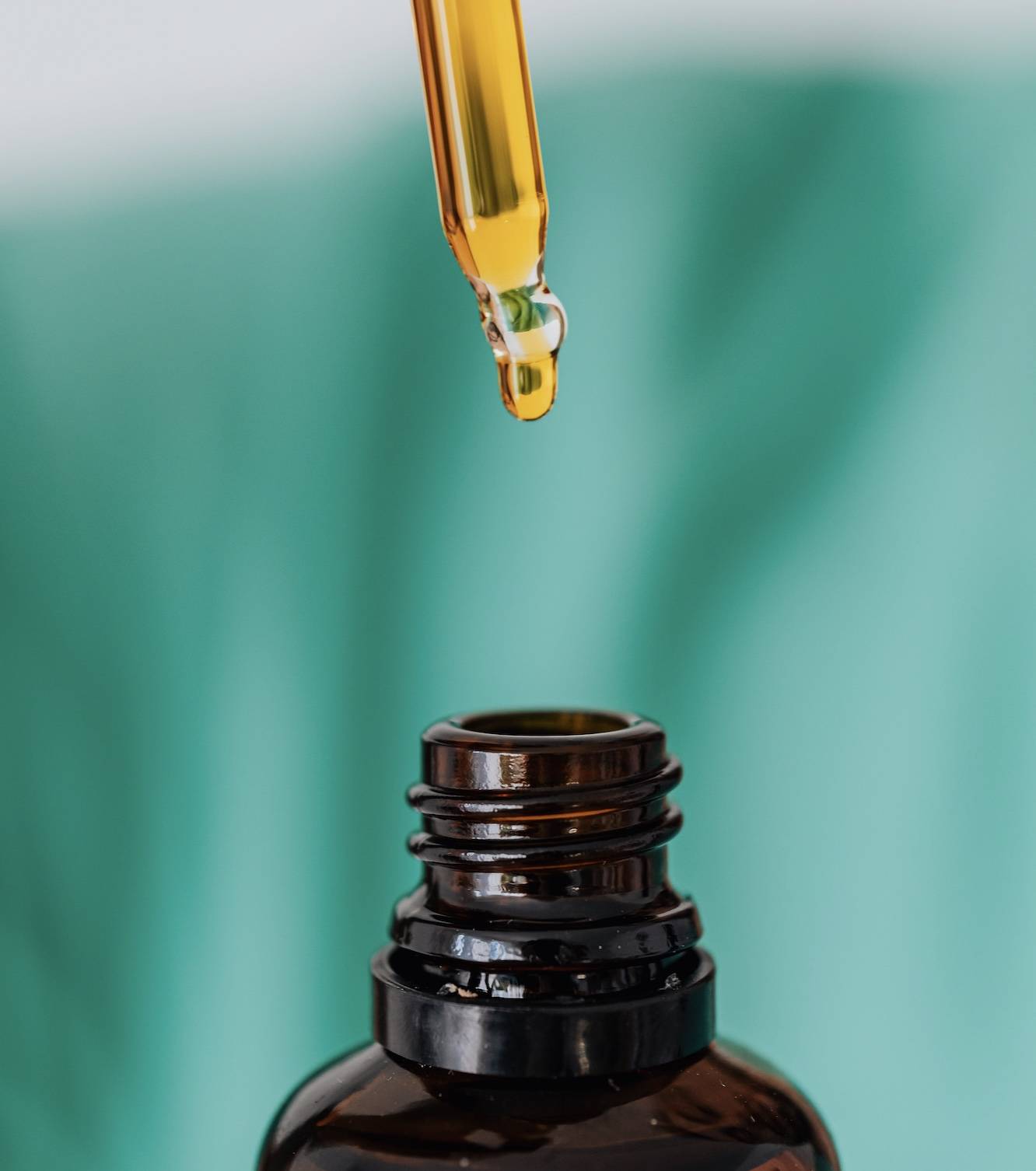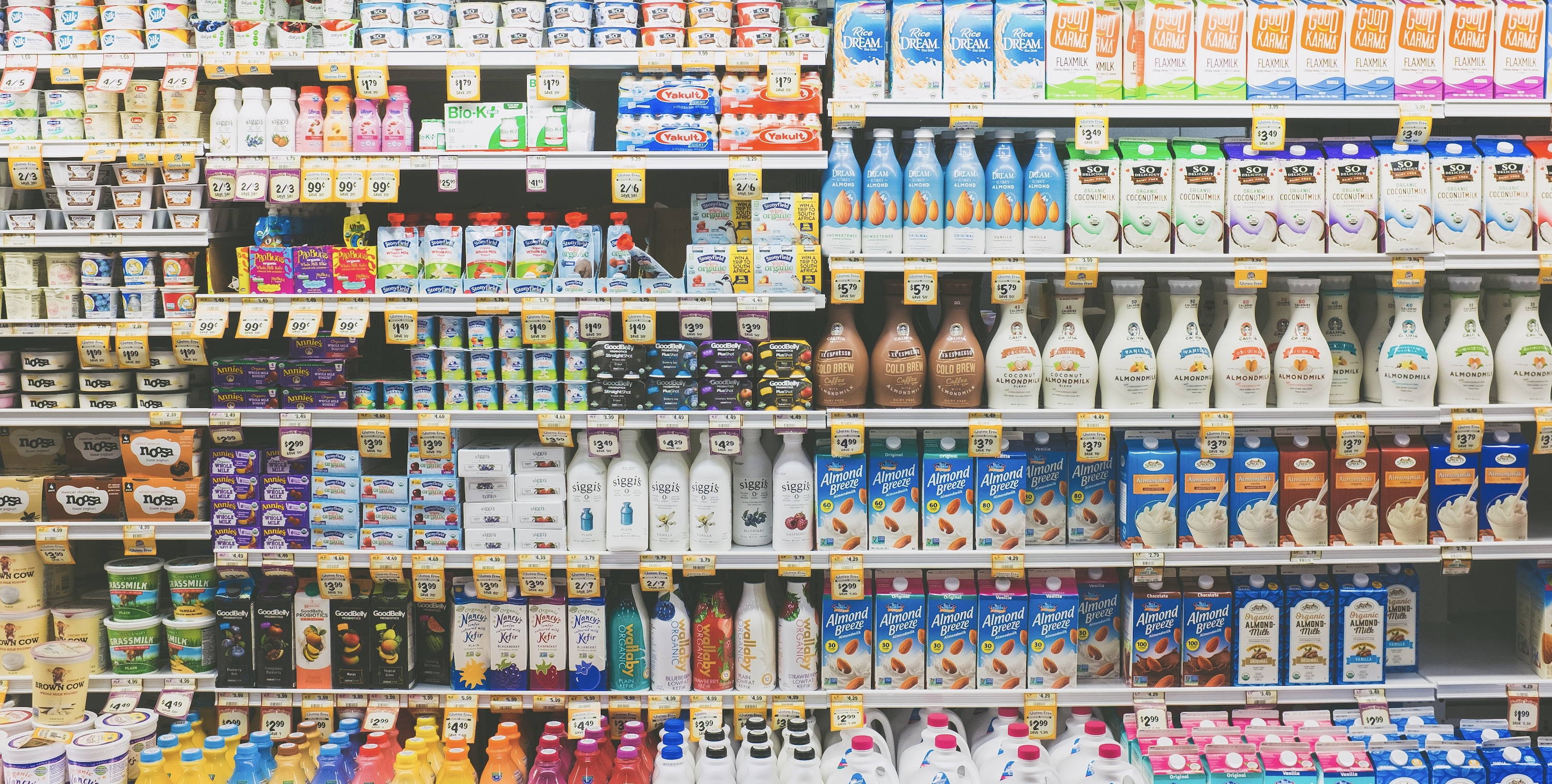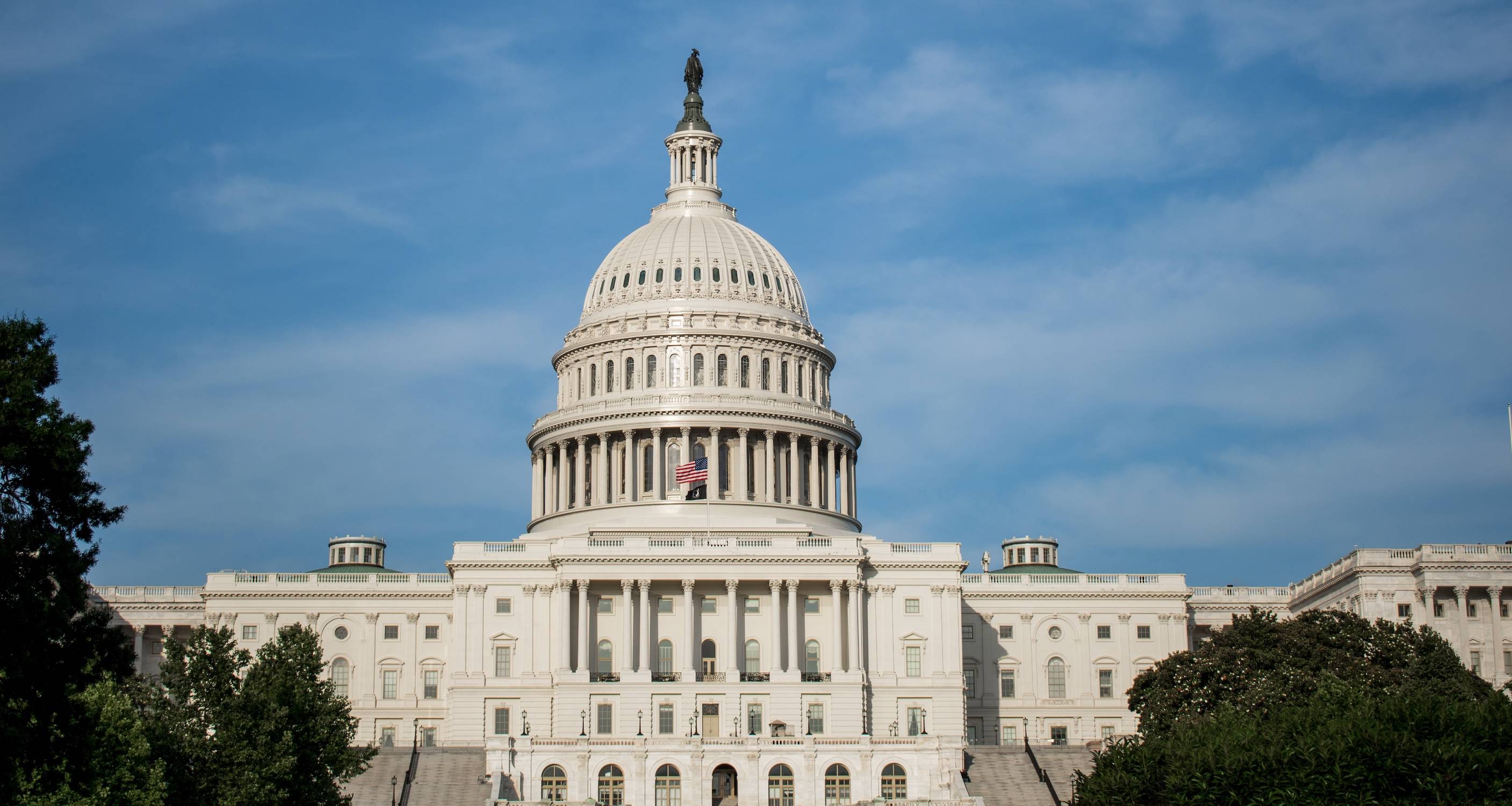
From Skittles to Sodas: Unveiling Banned Additives in the EU vs. the U.S.
If you've ever wondered about the intricate rainbow of colors in your favorite bag of candy (any Skittle fans here?), or how your bread manages to stay fresh for days on end, then this article is for you.
Today, we're diving into the complex world of food additives. More specifically, we're examining a group of substances that, while gracing the tables of American households, have been banished from European kitchens and store shelves. We’ll look at exactly what these substances are, why they’re banned in the EU, and why exactly the US has not taken any action against them.

The Colorful Controversy of Food Dyes
Let’s start off with one of the most visible aspects of food additives: food dyes. Whether it’s a can of sports drink or a box of cereal, food dye can be found pretty much everywhere these days. Think back to your last bag of Skittles or M&Ms.
That explosion of colors? Thank food dyes like Yellow No. 5, No. 6, and Red No. 40 for it.
While these dyes make food look gorgeous, there’s a scary aspect to them – they’ve been linked to causing cancer. One of the ingredients in these dyes, benzidine, is said to increase the risk of cancer. The EU requires products with these dyes to have a warning label so that consumers are kept aware.
Unfortunately in the US, these dyes continue to strut their stuff without a care in the world, adorning our candies and sodas with no such warning system in place.
Here’s the study that talks about the toxicity of these dyes. Do check it out: https://pubmed.ncbi.nlm.nih.gov/23026007/

4 Other Additives that Are Banned in the EU (But Allowed in the US!)
Here are 4 other additives that are banned in the EU, but still used in the US.
1. Titanium Dioxide
Meet Titanium Dioxide, a whitening agent used in items like Starburst, baked goods, soups, broths, sauces, and sandwich spreads. This ghostly substance received the cold shoulder from the EU in 2021 due to its potential carcinogenic effects. It was also found to be genotoxic – meaning it can damage the DNA itself. Unfortunately, it’s still an allowed substance in the US.
2. Potassium Bromate & Azodicarbonamide
These twins of the baking world, Potassium Bromate and Azodicarbonamide, help give dough its robust nature. Potassium Bromate increases the volume of bread, while Azodicarbonamide is bleaching agent that gives it that white sheen.
The EU has banned these items since the 1990’s due to them being carcinogenic in nature, while in the US, you can still find these on the labels of most baked goods.
Did you know: Azodicarbonamide is also called “the yoga mat”, due to how prevalent it is in plastics. It’s been linked to asthma and respiratory issues, along with causing cancer in mice once baked.
3. Brominated Vegetable Oil (BVO)
Ever wondered why citrus-flavored sodas taste so vibrant and have that cloudy appearance? It’s because of something called Brominated Vegetable Oil, the enhancer behind the tangy delight. However, it's linked to potential neurological disorders, which led to its ban in the EU.
Although the FDA advises on consuming it only on an interim basis, it’s still quite prevalent.
Of all the four additives we’ve mentioned, the use of BVO has to be the most surprising. It’s been proven to leave residue to body fat and has already been linked to the death of two people. In fact, the Center for Science in the Public Interest (CSPI) still calls it “a poorly tested” substance. Yet, it still remains available widely.

Why The Difference in Laws Between the US and EU?
At first glance, you might think that it’s quite weird that something can be banned in one country but not in another.
Isn’t it the same toxic substance?
Let’s take a look at some of the reasons why the laws in the U.S. are looser.
Different Risk Perceptions: U.S. regulators often focus on the probability of harm. If a clear, immediate danger isn't evident, an additive will likely remain legal. In contrast, the EU follows the precautionary principle. If an additive has the possibility of causing harm, it's more likely to be restricted or banned.
Lobbying Influence: The food industry in the USA has more sway over legislation. Companies spend millions on lobbying efforts to prevent tighter regulations.
Reevaluation System: Unlike the EU, the USA doesn't have a systematic process for reevaluating approved additives, which can lead to outdated decisions sticking around for longer.
Final Thoughts
Navigating the world of food additives can be a tricky journey. With conflicting standards and regulations between continents, it's easy to feel overwhelmed.
As consumers, our greatest tool is knowledge. By understanding the substances in our foods, we can make more informed decisions about what we put on our plates. After all, it's not just about eating - it's about living well!
